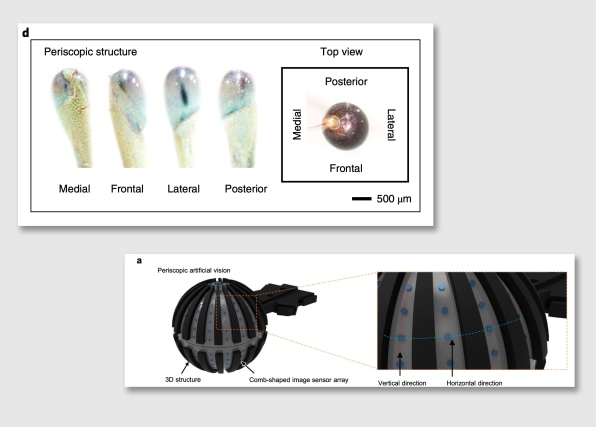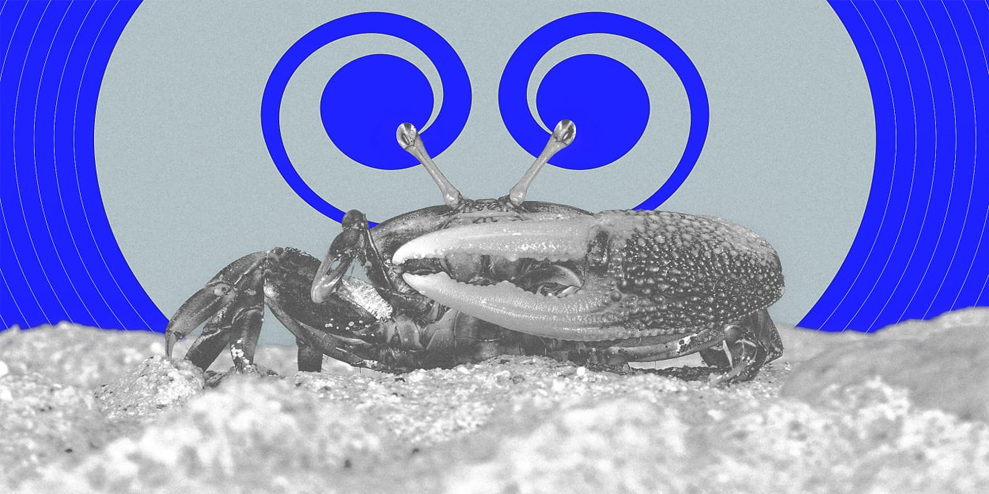Crabs see as well underwater as over it. This new camera does, too.
For decades, traditional cameras worked very much like the human eye: the cornea served as the lens cover, the iris and pupil became the aperture, and the lens became, well, the camera lens. But human vision has its limits, so the next generation of camera makers may have to look a little further for inspiration.
Scientists have developed an artificial eye inspired by the fiddler crab (the crab with the single huge claw). Compared to a pair of human eyes, which together can see about 180 degrees, the fiddler crab has an almost 360-degree field of view. It also can see on both land and water. When translated into a machine, this could mean more versatile cameras for self-driving cars and drones, both of which can become untrustworthy in the rain.

The vision system was recently published in the journal Nature Electronics and developed by a team of researchers from MIT’s Computer Science and Artificial Intelligence Laboratory, the Gwangju Institute of Science and Technology, and the Seoul National University in Korea.
Designers look to nature for inspiration frequently: From furry moths to krill to elephants, animals have inspired design innovations like acoustic wallpaper, energy-saving windows, and cooler building facades. And while nature-inspired cameras aren’t a new innovation either (in 2020, a fish eye inspired another wide field-of-view camera), amphibian solutions have been hard to come by.

Here, scientists took to the fiddler crab because of its compound eye. Unlike the human eye, which can only look in one direction at a time, compound eyes are akin to having lots of little eyes looking in different directions at the same time (a useful weapon when you’re a crab trying to survive on wide open tidal beaches). Many insects have compound eyes, but Gil Ju Lee, one of the study authors, explains that what makes fiddler crabs so special is they can see both on land and underwater. The key lies in the flat surface of the microlenses that make up the crab’s eye, which maintain their focal length, and thereby their focus, regardless of how water scatters light through the lens.
The artificial eye, which resembles a little black ball, works much like the fiddler crab’s eye: it too uses a flat lens to refract natural light in way that works above and below water, along with an array of photodiodes that mimic the crab’s photoreceptors. For now, it has a very low resolution of 256 pixels (compared to 12 million pixels in an iPhone 13 camera), and it takes about 30 minutes to take a photograph. But at 2 centimeters and only a few grams, it’s compact, lightweight, and uses little power.
In other words, if the scientists manage to improve the resolution, drone deliveries and self-driving cars could get a lot more efficient in the rain.
—
This article first appeared in www.fastcompany.com
Seeking to build and grow your brand using the force of consumer insight, strategic foresight, creative disruption and technology prowess? Talk to us at +971 50 6254340 or engage@groupisd.com or visit www.groupisd.com/story



